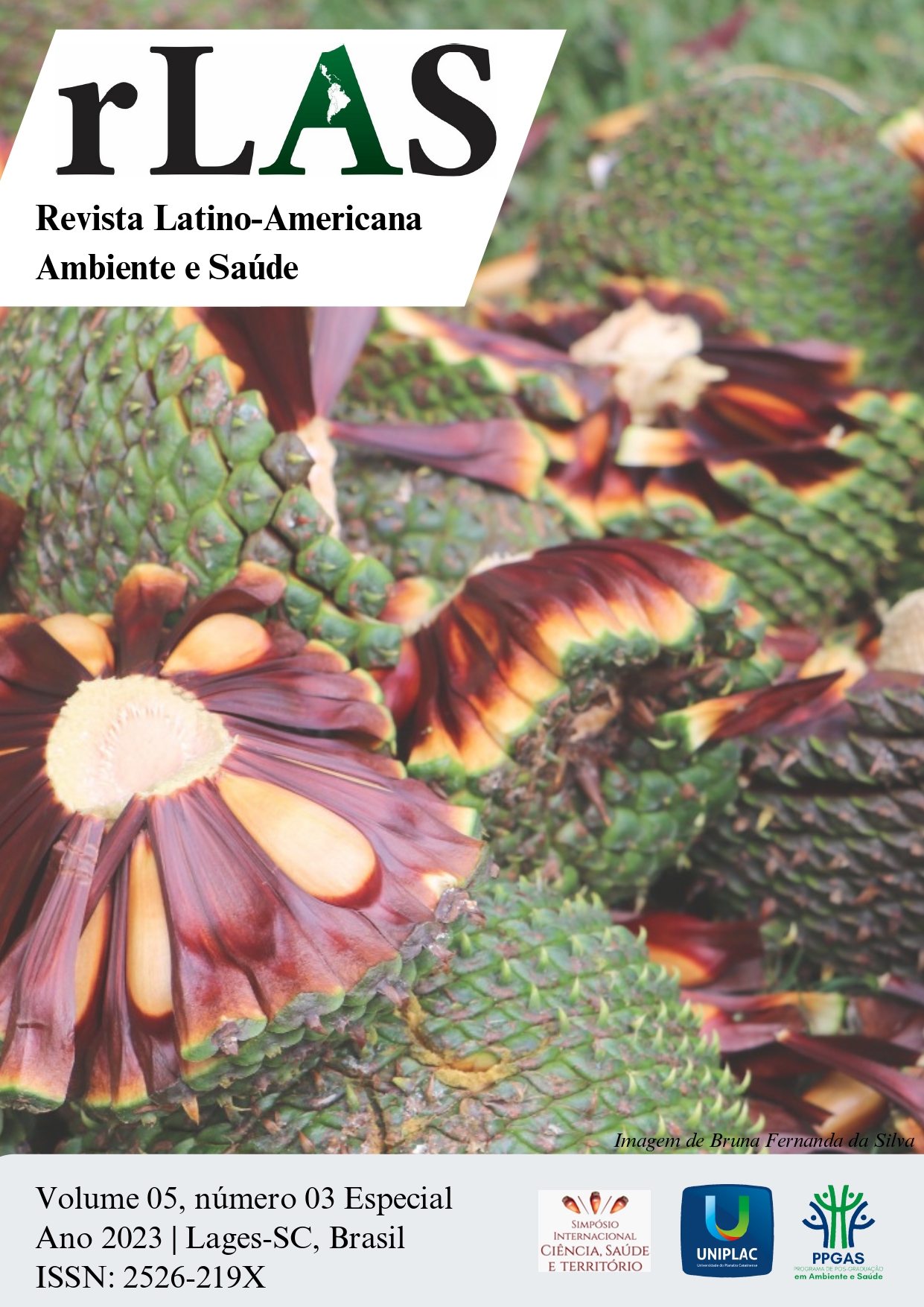Calcium and magnesium content of onions grown with biochar and phytomass under water restricted condition
Keywords:
Horticulture, Conservation management, Water stressAbstract
The objective of this work was to evaluate the calcium and magnesium content of onion using biochar and phytomass under conditions of water restriction. The experiment was carried out in a greenhouse, with treatments in a 3 x 2 x 2 factorial, with three doses of biochar (0, 20 and 40 Mg ha-1 of thermoelectric ash, in similar properties to biochar); two doses of oat and ryegrass phytomass (0.6 Mg ha-1 dry mass of straw); with and without water restriction (60 and 90% humidity in the pot capacity); in Nitossolo Bruno, with four replications, in a completely randomized design. The plant was evaluated by the digestion process. The results were made by comparing means of the Tukey test. There was an increase in the calcium content of the leaves, roots and onion bulbs, being the nutrient most absorbed by the plant, with a total amount of 41.57 g/kg-1. The leaf had significant contents in water restriction and straw. The root showed a significant difference in the incorporation of mulch, with a total of 30.89 g/kg-1. Mg was the least absorbed nutrient in the plant, with a total concentration of 22.74 g/kg-1. In the leaf, root and bulb, it had a significant effect on restriction, at 90% CV. Ca in the leaf had significant levels in water restriction and straw. The root had significance with the mulch. Mg was the least absorbed nutrient in the plant, the leaf, root and bulb had a significant effect on water restriction.
References
ENGELS, C; KIRKBY, E; WHITE, P. Mineral nutrition, yield and source-sink relationships. In: MARSCHNER, H (ed). Mineral nutrition of higher plants. 3 ed. San Diego: Academic Press. p.85-133, 2012.
FERREIRA, D. F. SISVAR: um programa para análises estatísticas e ensino de estatística. Revista Symposium, v.6, p.36-41, 2011.
HAN, L. et al. Biochar's stability and effect on the content, composition and turnover of soil organic carbon. Geoderma, v. 364, p. 114-184, 2020.
KISHOR, S. et al. Effect of spacing and different cultivars on growth and yield of onion under lucknow conditions. International Journal of Pure & Applied Bioscience, v. 5, n. 4, p. 612-616, 2017.
KUMAR, A. et al. Seasonal incidence of major insect pests of onion in relation to biotic and abiotic factors. Bulletin of Environment, Pharmacology and Life Sciences, v. 6, n. 1, p. 201-205, 2017.
RAZZAGHI, F.; OBOUR, P.B.; ARTHUR, E. Does biochar improve soil water retention? A systematic review and meta-analysis. Geoderma, v. 361, p. 114055, 2020.
ROSA, P. H. L. Características agronômicas de genótipos de cebola em clima tropical de baixa altitude. 2020. Monografia. Universidade Federal do Tocantins – Campus Universitário de Gurupi – Curso de Agronomia, 2020.
WANG, D.Y. et al. Impact of biochar on water retention of two agricultural soils-A multi-scale analysis. Geoderma, 340, 185–191, 2019.


